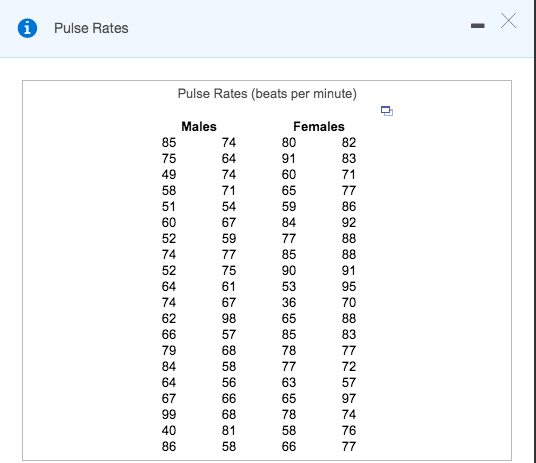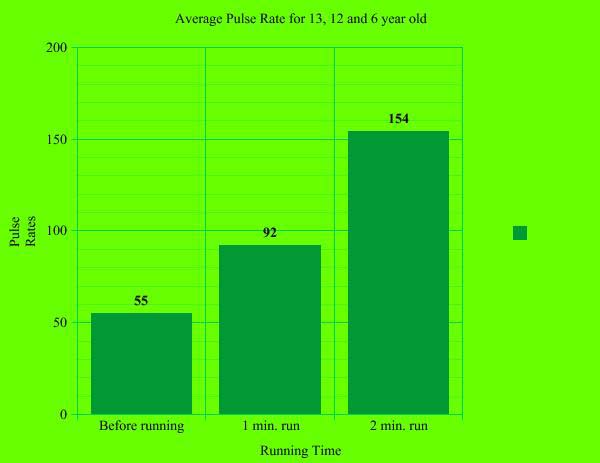
If you have a heart rate around 40 BPM, but your heart has a normal rhythm and you don't have any concerning symptoms, it's not necessarily dangerous, Liu says. A research study measured the pulse rates of 57 college men and found a mean pulse rate of 70.4211 beats per minute with a standard deviation of 9.9480. It's important to consider the heart rate with the heart rhythm and any concerning symptoms. Age: A lower resting heart rate is more common in older individuals, Liu says.Medications: Certain medications like beta-blockers, which are used to treat high blood pressure, may cause a low heart rate.Emad Aziz, section chief of cardiac electrophysiology at the Rutgers New Jersey Medical School. Good fitness level: "Athletes typically have a much lower resting heart rate when compared to everyone else," says Dr.What could cause a heart rate that is too slow?Ī low heart rate - less than 60 BPM - is not always concerning because it can be due to a number of factors.įor example, the following could result in a low heart rate: Here's what you need to know about the heart rate and when you should seek medical attention. You can have an abnormal heart rate with or without irregular heart rhythms, aka arrhythmias. A normal heart rate can vary with certain factors, like age, activity level or. Note: The heart rate is different from the heart rhythm, which refers to the thump-thump pattern in which your heart beats. A normal heart rate is usually between 60 and 100 bpm (beats per minute) at rest. Jim Liu, a cardiologist at The Ohio State University Wexner Medical Center.īy itself, the heart rate is not always meaningful because it still depends on the individual, their symptoms, potential underlying causes, and the overall heart rhythm, he adds. However, having a resting heart rate outside of the 60 to 100 BPM is not necessarily dangerous, says Dr. However, this number may rise with age and is usually lower for. Tachycardia: A fast heart rate beating over 100 times a minute. According to the American Heart Association (AHA), the average resting heart rate is between 60 and 100 beats per minute.Bradycardia: A slow heart rate beating fewer than 60 times a minute. A healthy resting heart rate can vary by age.If you go outside this range, you experience either of the following: The normal heart rate is typically between 60 to 100 beats per minute (BPM). Arrhythmias - causes and triggers.Your heart rate refers to the number of times that your heart beats in a minute, which you can measure manually or check with a heart rate monitor. National Heart, Lung, and Blood Institute. Symptoms, diagnosis and monitoring of arrhythmia. What is an arrhythmia?Īmerican Heart Association. However, other factors can affect your resting heart rate, such as stress anxiety hormones medication physical activity level. For adults older than 18 years of age, a normal resting heart rate should be between 60 and 100 beats per minute (bpm). A normal sinus rhythm is associated with a heart rate between 60 and 100 beats per minute. Although the official normal resting heart rate ranges from 60 to 100 beats per minute, the range for most healthy adults is between 55 and 85 beats per minute.

StatPearls Publishing 2022.Īmerican Heart Association. Heart rate is how many times the heart beats per minute. An unhealthy individual, or an obese individual may. Pregnancy-induced increased heart rate is independent of thyroid hormones. For instance, the heartbeat of an average individual range from 60 to a 100 beats per minute at resting. Role of biological sex in normal cardiac function and in its disease outcome – a review. Prabhavathi K, Tamarai K, Poornima K, Sarvanan A. Real-world heart rate norms in the Health eHeart study. StatPearls Publishing 2022.Īvram R, Tison G, Aschbacher K, et al.

How the heart beats.Īmerican Heart Association.


 0 kommentar(er)
0 kommentar(er)
